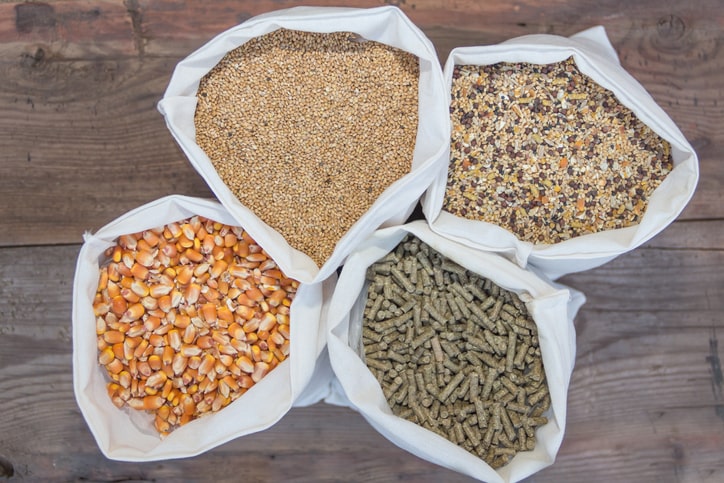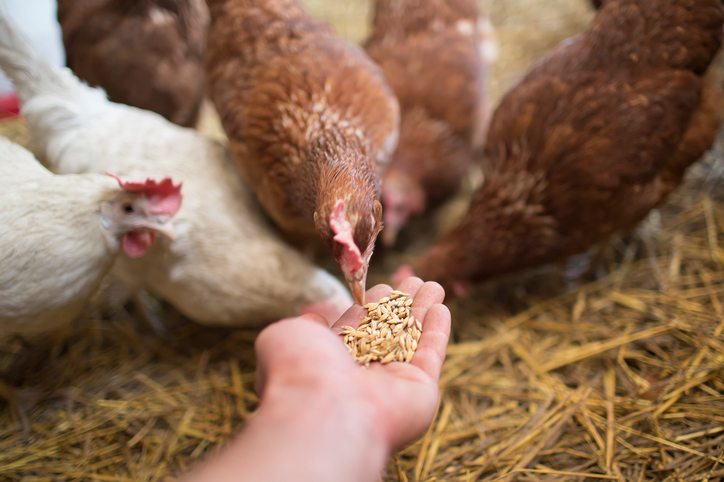For poultry enthusiasts and newcomers alike, understanding chicken mash feed is essential. Chicken mash feed plays a crucial role in the health, wellbeing, and productivity of chickens. This article aims to provide comprehensive insights into what chicken mash feed is, its benefits, and why it is an indispensable part of poultry care today.

Introduction to Chicken Mash Feed
Chicken mash feed is a type of poultry feed that appears as fine loose particles. It’s one of the most commonly used feeds in poultry farming due to its ease of consumption, digestibility, and balanced nutritional content.

Composition of Chicken Mash Feed
The composition of chicken mash feed typically includes a blend of grains, proteins, vitamins, and minerals. Common ingredients are corn, soybean meal, wheat, and various micronutrients, all designed to meet the dietary needs of chickens at different growth stages.
Key Ingredients
- Grains: Corn and wheat are staple grains providing energy.
- Proteins: Soybean meal delivers essential amino acids for growth.
- Vitamins and Minerals: Vital for immunity and overall health.

Types of Chicken Mash Feed
There are different types of mash feeds catered to specific needs:
Starter Mash
Designed for young chicks, this type is rich in protein and energy to support rapid growth.
Grower Mash
Formulated for growing pullets, it has a balanced mixture to ensure steady development without excessive fat deposition.
Layer Mash
Intended for laying hens, containing added calcium for strong eggshell formation.

Advantages of Using Chicken Mash Feed
Chicken mash feed offers numerous benefits, such as improved digestion and more uniform intake among birds. It encourages healthy eating habits, which is critical in the early stages of growth.
How to Make Chicken Mash Feed
Creating your own chicken mash feed involves mixing grains, protein sources, and supplements. Ensure proportions meet the nutritional needs of your chickens.
Step-by-Step Guide
- Grind corn and wheat into fine particles.
- Add soybean meal for protein.
- Incorporate vitamin and mineral premixes.
Feeding Guidelines
It’s essential to adhere to proper feeding guidelines to maximize the benefits of chicken mash feed. Make sure to provide fresh feed daily and avoid contamination.
Commercially Available Options
There are numerous commercial mash feed options available, formulated to meet different production goals. Always choose reputable brands known for quality and safety.
Storage Tips for Chicken Mash Feed
Proper storage of chicken mash feed is vital to maintain its nutritional value and prevent spoilage. Keep feed in a cool, dry place away from moisture and pests.
Common Mistakes to Avoid
Several common mistakes can compromise the effectiveness of chicken mash feed. Avoid giving stale feed, overfeeding, or not balancing the diet with other essential nutrients.
Cost Implications
While chicken mash feed can be cost-effective, it’s essential to weigh the benefits against the expense of high-quality feed.
Alternative Feed Options
If you’re considering alternatives, pellets and crumbles are commonly used alongside chicken mash feed. Each has its own set of advantages depending on the specific needs of your flock.
Expert Opinions
Poultry experts often recommend starting chicks on mash feed for optimal health, but it’s crucial to transition them to appropriate feeds as they mature.
Faq Section
What is the primary benefit of chicken mash feed?
The primary benefit of chicken mash feed is its balanced nutritional content, which supports growth and development in chickens.
How long can I store chicken mash feed?
With proper storage, chicken mash feed can last up to three months without losing its nutritional value.
Can I make chicken mash feed at home?
Yes, with the right ingredients and knowledge, you can make chicken mash feed at home, tailored to the specific needs of your chickens.
Conclusion
Chicken mash feed is a vital component in poultry farming, offering numerous nutritional benefits. Its balanced and finely textured composition makes it ideal for various life stages of chickens. By understanding its benefits, types, and usage, you can ensure your flock remains healthy and productive.
As an Amazon Associate, I earn from qualifying purchases.
For further reading on chicken breeds, visit this Wikipedia link.
Looking for more insights? Check articles like full-size and mini-size chickens, Jumbo eggs, and longest living chicken breeds.








